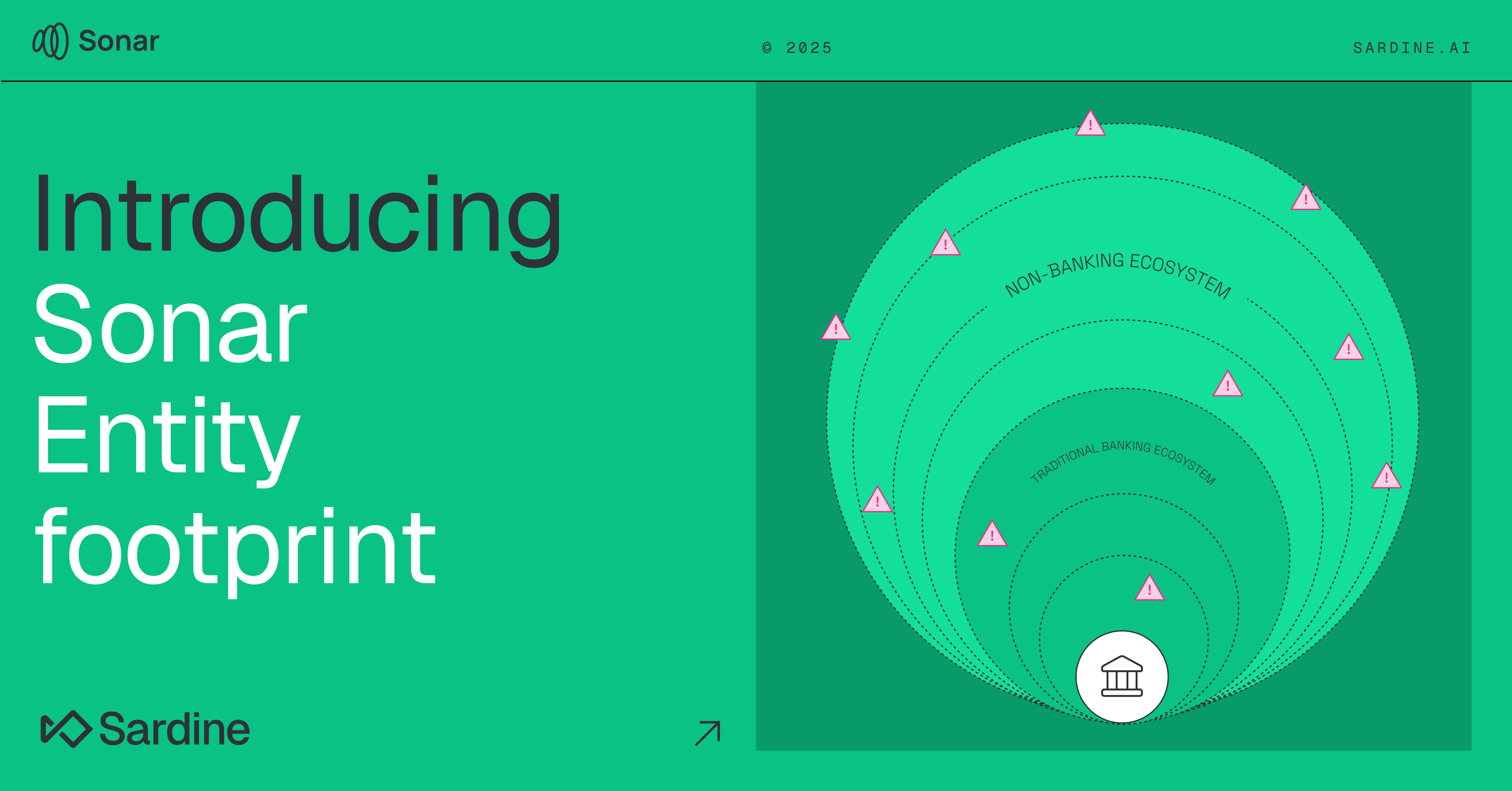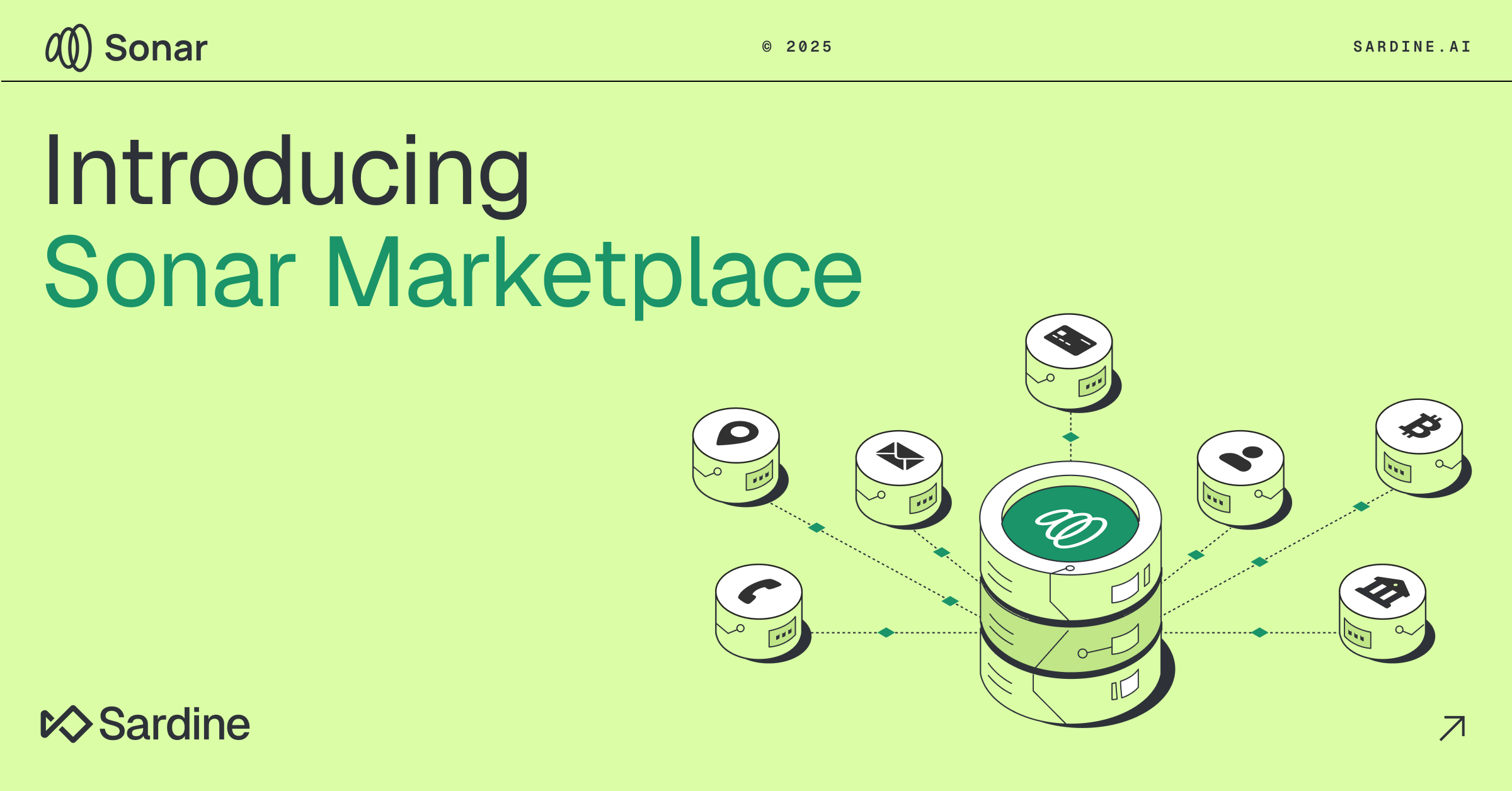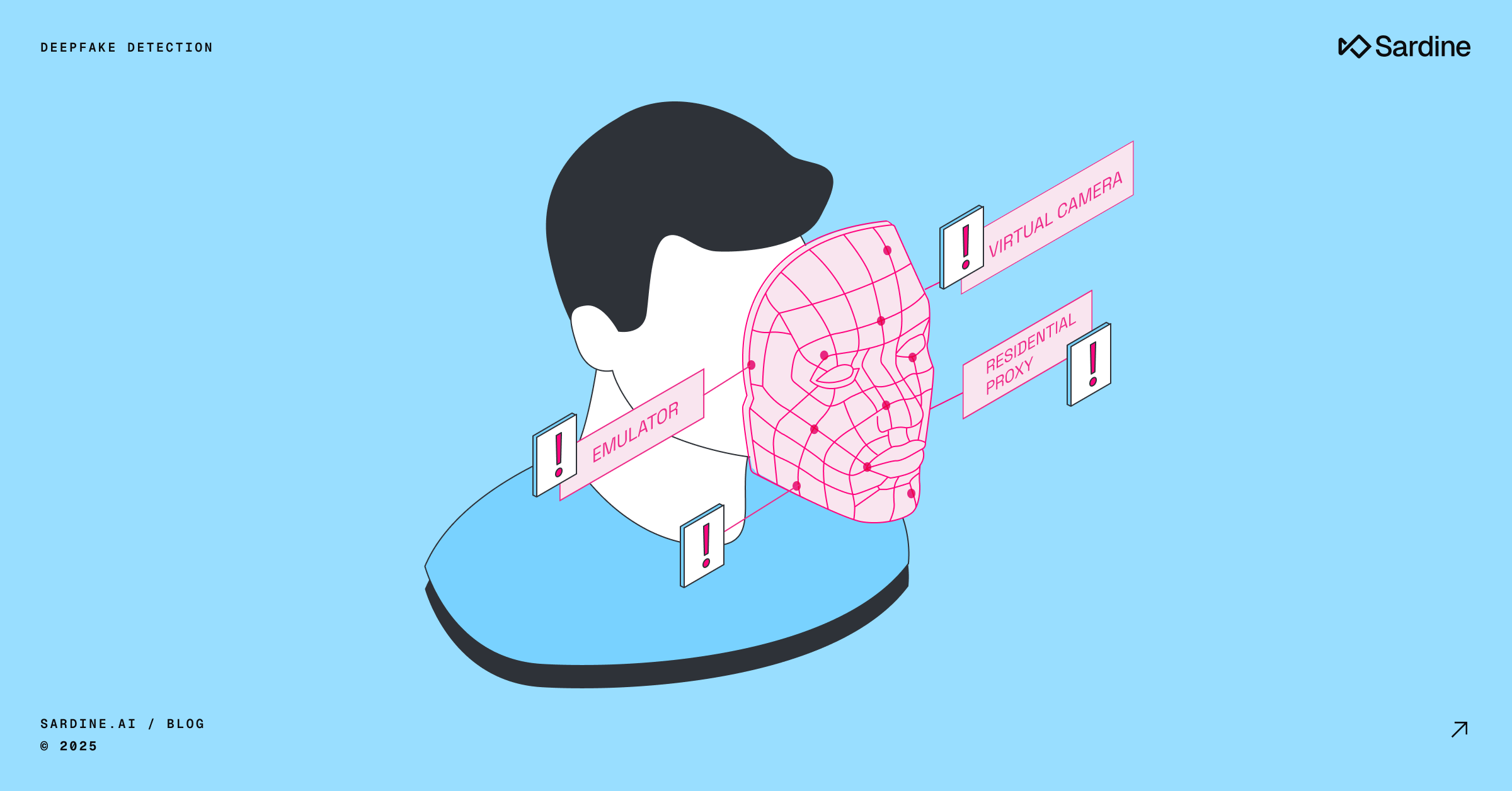Introducing Sonar Entity Footprint: Enriching entity risk assessments with cross-industry data
Banks have traditionally assessed risk through the lens of banking data such as deposits, credit files, transactions, and account history. But now, activity across fintechs, crypto, remittance apps, and online marketplaces plays an equally important role in understanding entity risk. Without visibility into those ecosystems, banks miss early warning signs of fraud or mule activity until it’s too late.
Today we’re introducing Sonar Entity Footprint, a new data pack that closes that visibility gap. Entity Footprint enriches existing risk assessments with cross-industry intelligence, mapping how an entity behaves across both financial and non-financial networks including fintechs, crypto, neobanks, remittance, gift cards, and marketplaces.
By combining this external view with existing risk models and internal data, Entity Footprint gives banks a more complete understanding of who they’re evaluating and where potential exposure lies. The result is earlier detection of suspicious patterns, stronger onboarding and funding decisions, and a more confident view of entity risk across the portfolio.
The entity risk visibility gap
When banks onboard a customer, accept funds into an account, or investigate a transaction, they rely on what they can see in their own data such as balances, transfers, account activity, and device information. But that view only reflects what happens inside the institution.
But much of an entity’s financial activity now happens outside traditional banking channels. Bad actors move money fluidly between fintechs, crypto wallets, remittance apps, and online marketplaces. They open and abandon accounts, use mule networks, and launder funds across channels that most banks can’t see. On the surface, an entity can look legitimate in your system while showing clear red flags in other ecosystems. Without visibility into that activity, banks are left with an incomplete view of risk.
.png)
Even if a user isn’t fraudulent, activity outside of banking can reveal important signals for credit and lending decisions. If you know that a user has leveraged positions in crypto, high balances on BNPL platforms, or is overextended on sports betting platforms, you can better gauge their financial stability, adjust exposure limits, and make more accurate underwriting decisions.
How Sonar Entity Footprint works
Sonar operates as an inquiry and response network that gives banks a simple, low-lift way to request risk insights on any entity via API. It complements your existing risk systems, so you can ingest entity risk data without having to re-engineer your risk infrastructure.
Here’s how it works:
- Inquiry: Your team submits the request using basic identifiers for a person or business, such as name, email, phone, or account details.
- Entity resolution: Sonar matches those identifiers across multiple data sources and returns a confidence score that indicates how certain the match is.
- Footprint enrichment: Once resolved, Entity Footprint adds layered intelligence from Sonar, Sardine, and selected third-party partners. Coverage spans crypto apps, gift card and prepaid platforms, automotive marketplaces, ticketing apps, sneaker marketplaces, fintechs and neobanks, remittance services, and wealth management platforms.
- Response delivery: The system returns structured insights through API with context on relevant patterns, such as rapid account creation across platforms, repeated funding activity tied to known mule networks, or unusual velocity of wallet movement.
Applying Entity Footprint in your risk workflows
Entity Footprint signals can be used across the customer lifecycle to strengthen decisions for several use cases:
- Onboarding: Identify applicants linked to mule networks or known fraud activity in other ecosystems before approval.
- Account funding: Flag whether incoming funds originate from high-risk or previously compromised sources.
- Transaction reviews: Assess counterparties and uncover hidden exposure across payment rails, including ACH, wires, real-time payments, and crypto.
- Credit underwriting: Strengthen decisioning on thin-file or borderline applicants with external behavioral context.
- AML and case review: Correlate activity across ecosystems to confirm whether a flagged entity appears in other high-risk networks.
Expand risk visibility with Sonar Entity Footprint
Traditional banking data only tells part of the story. With Sonar Entity Footprint, banks can see beyond their own walls to identify risks earlier, validate customers with more confidence, and make faster, more accurate risk decisions.
If your institution is looking to strengthen risk visibility without adding complexity, Sonar Entity Footprint is built for that. It’s fully compliant with GLBA and 314(b) frameworks, enabling secure data sharing and intelligence exchange across institutions.
Contact our team to see how you can start leveraging cross-industry intelligence in your existing workflows. And if you’re interested in learning more about Sonar, visit joinsonar.com.



%20(1).png)







